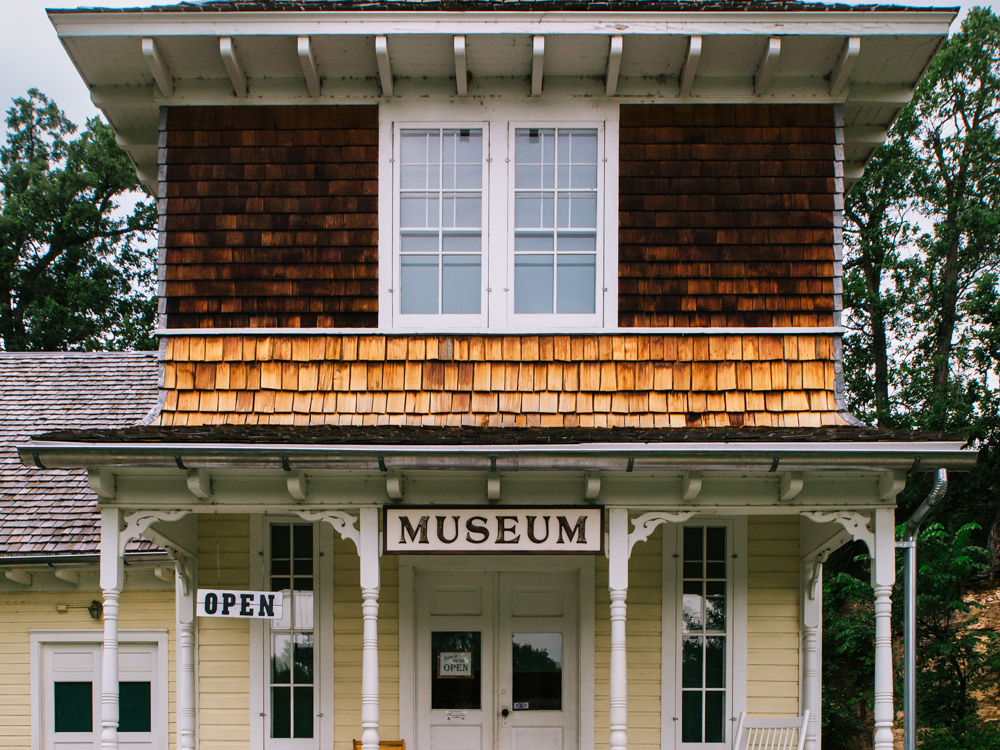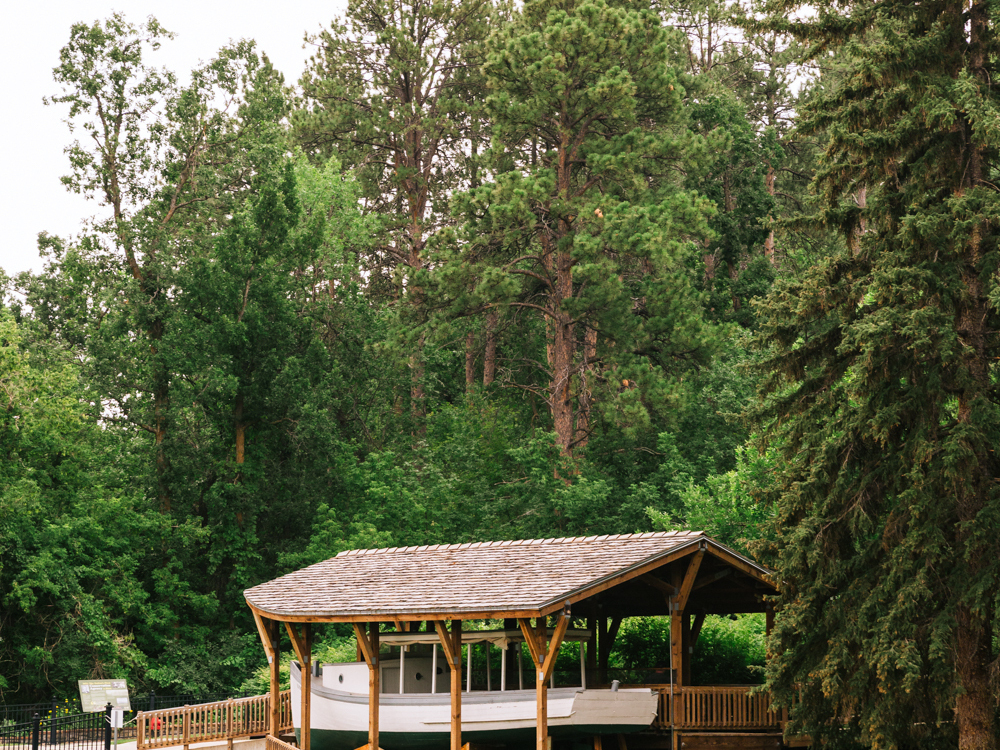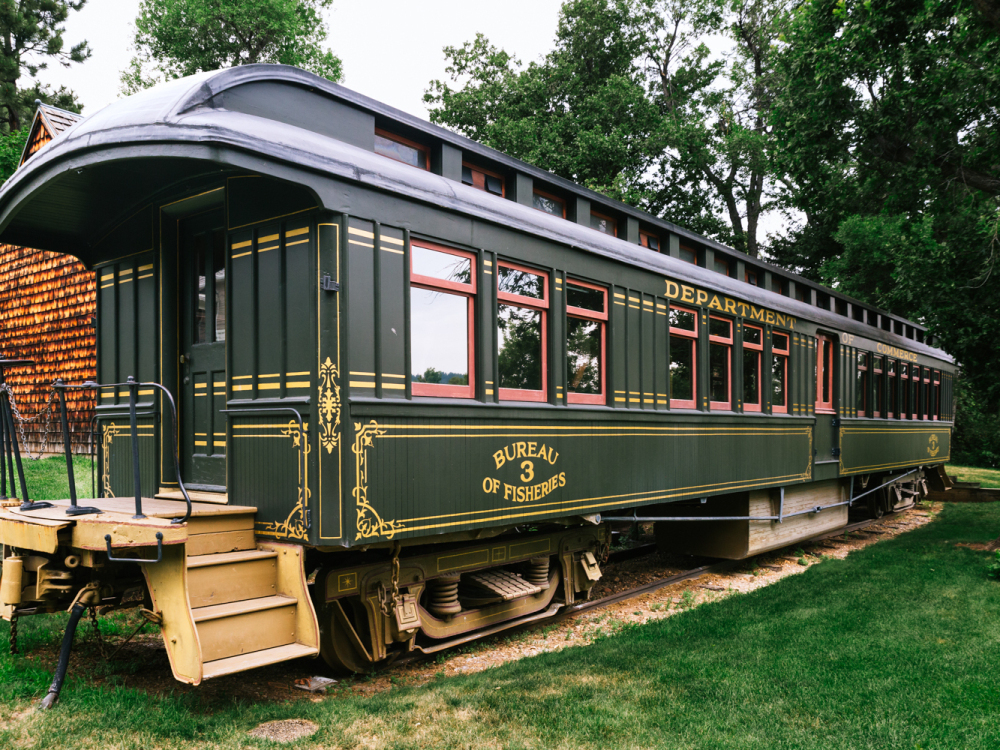Spearfish is a community full of life, culture, and history. It is one of the many reasons that people flock here from state to state every year to see it for themselves. But had you told me that history was literally being kept alive underground historic lands, I might not have believed you, yet this is taking place as we speak underneath the DC Booth National Fish Hatchery. It is one of Spearfish’s greatest assets and to most people, it might be the first thing they think about when speaking on Spearfish. Yet despite this, I could not help but wonder how I had never heard of the archives.
Down in the depths of the hatchery lies the historic National Archives- an archive system that includes fish management and cultural items and equipment, periodicals, publications, and personal artifacts. The collection contains over 1.7 million items and is the largest collection of fisheries artifacts in the country. I was lucky enough to venture down to the archives and tour this one-of-a-kind scene. The tour was like taking a step back in time with historical items and materials that signify moments that shaped history, yet more importantly, I was able to see firsthand what separates our hatchery from the rest and how the DC Booth National Fish Hatchery helped shape the nations national fisheries.
D.C. Booth National Historic Fish Hatchery
The D.C. Booth Historic National Fish Hatchery and Archives is one of the oldest operating hatcheries in the country dedicated to fish culture and resource management. Explore this MoreA people without knowledge of their past history, origin, and culture is like a tree without roots.
— Marcus GarveyIt all starts in the quarantine zone. Every item or document begins its archival journey in a deep freezer for 48 hours at two separate times as a basic safety measure. This step is crucial in the archive process because the severe temperatures help kill off any unwanted bacteria and decontamination. Anything from humidity to room temperature to even what bugs are caught in the quarantine room is carefully analyzed and recorded to ensure conditions are kept perfect. I was quickly reminded of just how delicate a process it is to keep history preserved.
Once we left the quarantine zone, we descended to the main archive building underground where from wall to wall I was surrounded by amazing historical artifacts that ranged in various sizes, from different eras in history, and from various locations surrounding the country. A horse-drawn snowplow from Leadville, CO, the original cage that housed the first Black Foot Ferret that was presumed extinct before this discovery, and even electro-fishing equipment used as far back as 1853 are just a few examples of what is housed underneath the hatchery. I was bewildered at the range of items and just how far back some of the material went.
Some items were especially interesting because they gave us an insight into what the current climate- social or physical climate- was like at the time. For example, one of my favorite items that we stumbled upon was various Geiger counters. Geiger counters are electronic instruments used to detect levels of radiation. During the Cold War Era in the United States, every national fish hatchery was required to house one of these devices. Thanks to the Hatchery staff people like myself are reminded of the severity or extremities that the Cold War had on the country.
Aside from the few historical mementos like the Geiger counters, much of the prized collection consists of practical items used in the fisheries over the past hundred years or so that reflect more on the growth and efficiency hatcheries have achieved over the years. Equipment like automatic fish egg sorters is a prime example of machinery that directly affected the survival rate of the fish eggs and supported the continual success of fish hatcheries. Many of the original patents for these inventions and equipment can be found in the archives.
As the tour began to wind down, and we made our way through the entire warehouse, the final section housed rows up to rows of file cabinets. At first glance, one wouldn’t think much of it, just millions of old documents and musty files that have a thick film of dust untouched for years. Yet in those files are the documents and old records for every national fish hatchery in the entire nation. I was informed by our guide on just how impactful it is to have the piles of information they contain. Many research projects from any hatchery begin with a trip or phone call with the archive staff at our hatchery to obtain the knowledge they need. The amount of institutional knowledge and resources from over 60 different national fish hatcheries that the archives offer is something that cannot even be measured in its impact. Every hatchery in the United States has the DC Booth National Fish Hatchery to thank for being able to access this history and data at virtually any given time.
In addition to what the archives offer nationally, this collection of information is also a community resource that can be used by locals, university students, or really whoever might need access to the data. I encourage anyone reading this to take the opportunity to witness the magic that is stored underground because words truly do not give it justice. Make your appointment today and see the history come alive for yourself.







